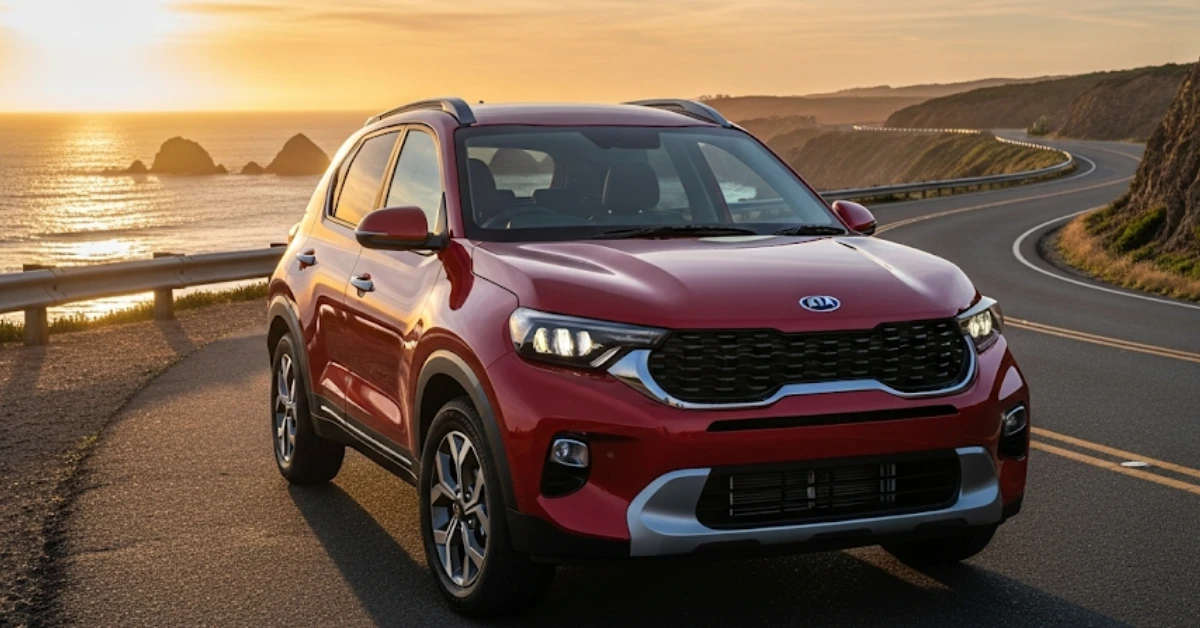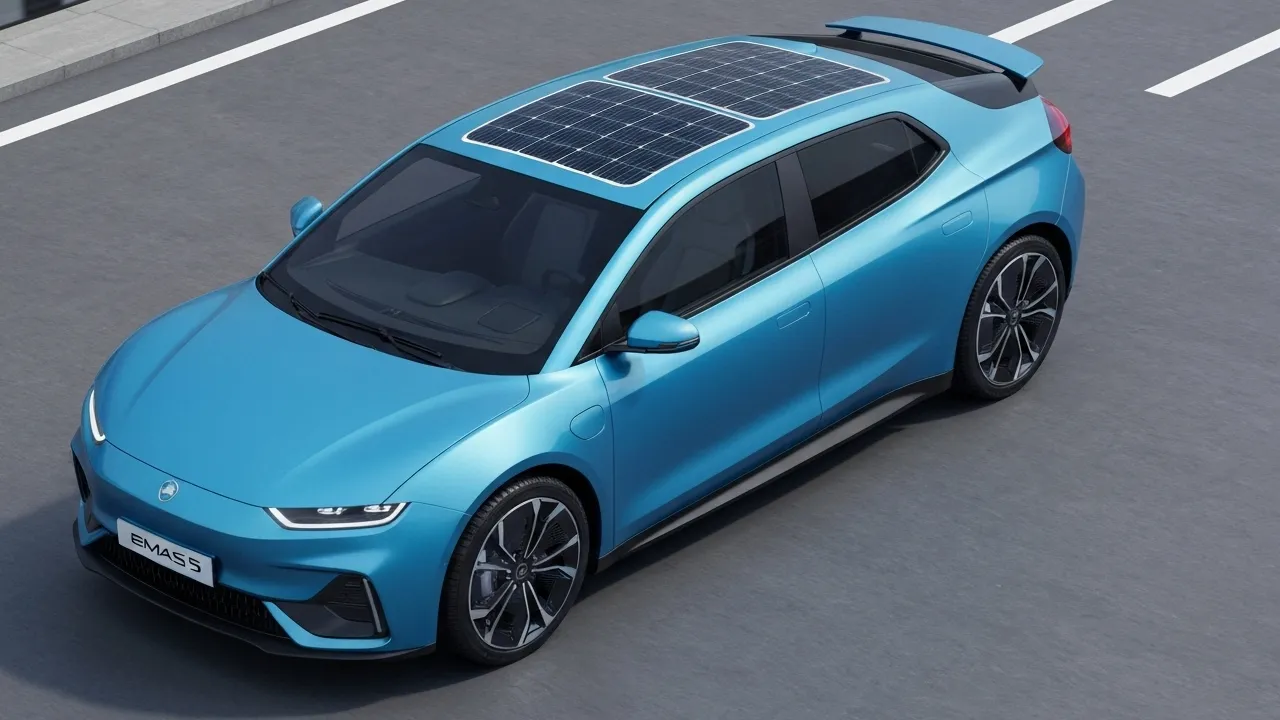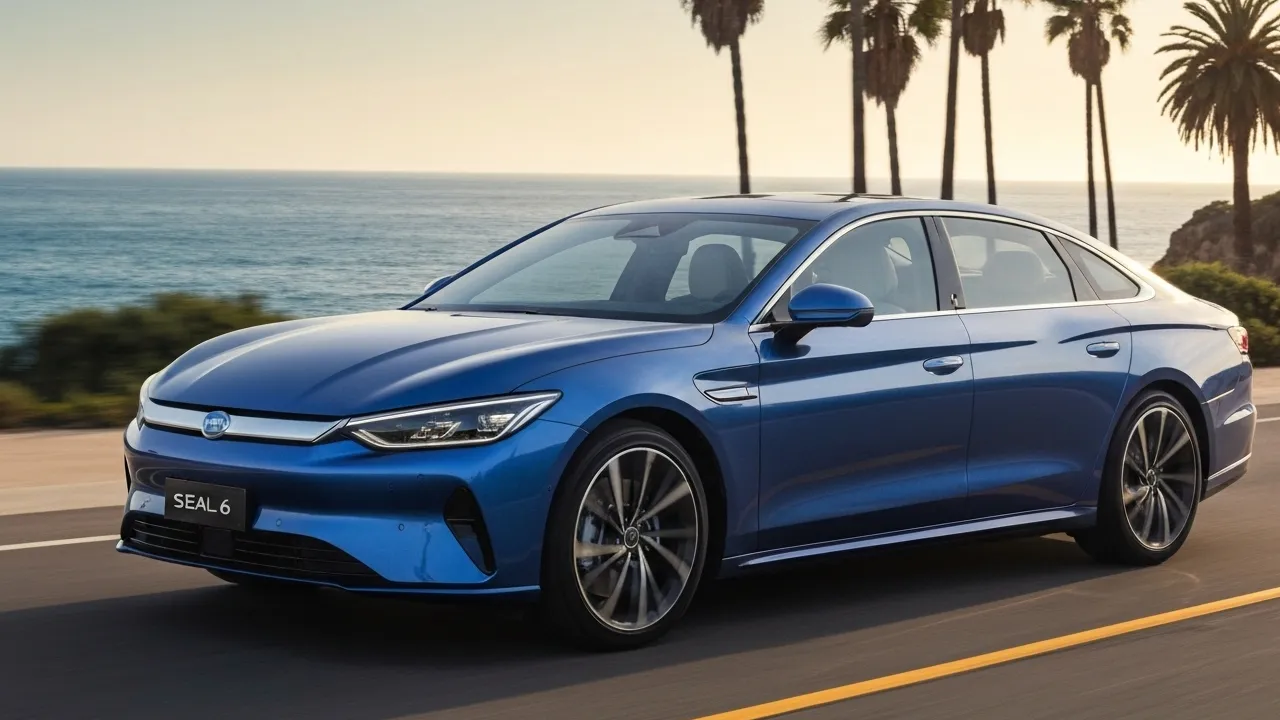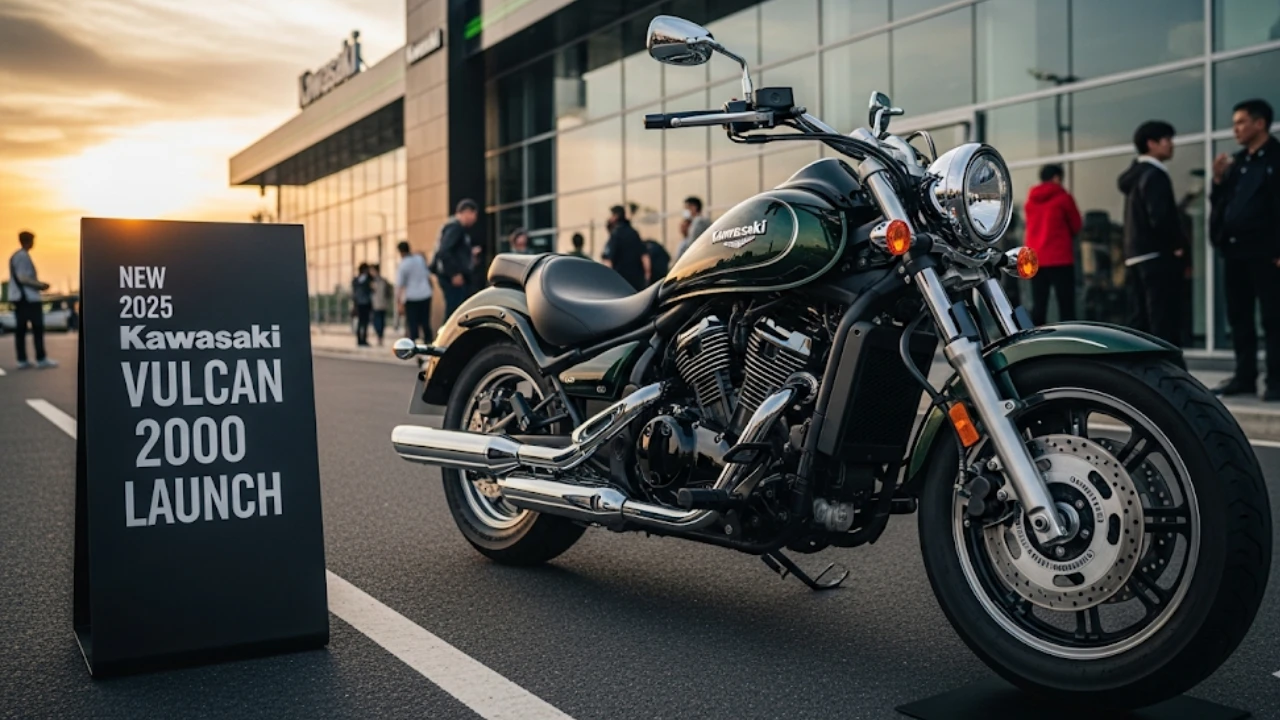That moment you park your first compact SUV in your driveway? Pure pride. For countless Indian buyers, the Kia Sonet has been that dream machine, turning heads since day one. But dreams need budgets, and that crucial final number – the Kia Sonet on-road price – often becomes the deciding factor. So, does punching that ticket still get you the best ride in the fiercely competitive sub-4 meter SUV class? Let’s peel back the layers.
Understanding the Sonet’s Final Cost Breakdown
Forget the shiny ex-showroom figure. The Kia Sonet on-road price is what truly hits your wallet. This final amount rolls in several unavoidable extras: the ex-showroom cost itself, the mandatory Road Tax and Registration Fee (which varies significantly by state – think Delhi vs. Bangalore), full insurance (comprehensive is wise), and handling charges. This means a Sonet HTE petrol starting around ₹ 8 lakh ex-showroom could easily land near ₹ 9.5 lakh on the road in a metro, while a top-end diesel X-Line might stretch beyond ₹ 16 lakh on-road, depending heavily on your location and chosen add-ons. Always, always get a location-specific on-road quote from your dealer before committing.
The Sonet’s Current Standing: Specs and Features
Kia consistently refreshes the Sonet to stay sharp. The current model boasts a modern, bold design with Kia’s signature tiger-nose grille and stylish LED elements, especially on higher trims. Inside, you’ll find a cabin punching above its weight. Even base models get essentials, but climb the trim ladder (HTE, HTK, HTK+, HTX, GTX, X-Line) and you’re treated to a tech feast: a large 10.25-inch touchscreen (often with connected car tech), a fully digital instrument cluster, ventilated front seats (a segment rarity), wireless charging, premium sound systems, and advanced air filtration. Safety is covered by up to 6 airbags, ABS with EBD, ESC, Hill Start Assist, and rear parking sensors/camera.
Performance: Choices Galore
Where the Sonet truly shines is its powertrain versatility, arguably the broadest in the segment:
-
Petrol: The 1.2L naturally aspirated (83 PS / 115 Nm) is adequate for city runs. The star is the peppy 1.0L Turbo GDi (120 PS / 172 Nm), offering genuine excitement, paired with iMT or a 7-speed DCT.
-
Diesel: The trusted 1.5L CRDi VGT unit (116 PS / 250 Nm) delivers strong mid-range punch and excellent highway efficiency, available with 6-speed MT or 6-speed AT.
-
Transmissions: Choices abound – MT, iMT (clutchless manual), AT, and DCT cater to every driving preference. Ride quality is generally compliant, handling city bumps well and remaining stable on highways, though it leans a bit in corners.
Kia Sonet On-Road Price vs. The Competition
This is where the rubber meets the road. Let’s compare approximate starting on-road prices (Metro, indicative) for key rivals:
-
Kia Sonet: ₹ 9.5 lakh (Petrol HTE) – ₹ 16 lakh+ (Diesel X-Line AT)
-
Hyundai Venue: ₹ 9.6 lakh – ₹ 16.8 lakh+
-
Tata Nexon: ₹ 9.2 lakh – ₹ 17 lakh+ (Fearless variants)
-
Maruti Suzuki Brezza: ₹ 9.8 lakh – ₹ 15.5 lakh+
-
Mahindra XUV300: ₹ 9.7 lakh – ₹ 14.8 lakh (though due for a major update)
The Sonet often positions itself competitively, sometimes undercutting the Venue slightly on equivalent trims, while offering more aggressive styling and certain unique features (like ventilated seats) compared to the Brezza or Nexon. The XUV300 offers a plush ride but feels dated inside now.
Market Buzz and Buyer Expectations
Indian compact SUV buyers demand it all: head-turning style, feature-packed cabins, multiple engine choices, good fuel efficiency, a comfortable ride, and strong after-sales – all at a value-conscious price. They’re savvy, comparing on-road prices meticulously across brands. Kia’s strength lies in delivering a compelling package that ticks most boxes, backed by a growing service network and generally positive ownership experiences. The segment is brutally competitive, with each player constantly upping the ante on tech, safety, and value.
Living with the Sonet: The Good and The Could-Be-Better
Owning a Sonet brings plenty of smiles. Its standout design ensures you won’t get lost in traffic. The feature list, especially on HTX and above trims, is genuinely impressive for the segment – that touchscreen and ventilated seats are big wins. The turbo petrol and diesel engines offer satisfying performance, and the multiple transmission options are a major plus. Kia’s service experience, while network density is still catching up to Maruti/Hyundai in remote areas, is generally rated well in urban centers. However, rear seat space, while adequate, isn’t class-leading, especially compared to the Nexon. Boot space is just average. Some rivals offer ADAS (like top Nexon variants), which the Sonet currently lacks. Fuel efficiency on the turbo petrol, while decent, isn’t segment-leading.
The Expert Verdict: Who Should Drive Home the Sonet?
After years of tracking this segment and driving countless contenders, here’s my straight take: The Kia Sonet on-road price delivers significant value, especially if you prioritize cutting-edge style, a tech-laden cabin, and spirited performance from its turbo or diesel engines. If features like the large screens, digital cluster, and ventilated seats top your list, the Sonet is hard to beat for the price.

Hi, I’m Ricky, the founder of OKSociety.in. I’m a tech enthusiast with a deep passion for smartphones, mobile technology, and everything that makes our digital lives smarter. I started OKSociety to share honest reviews, the latest phone updates, and practical buying guides to help people make better choices in this fast-paced tech world.







